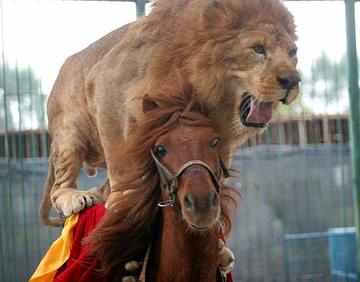
It is not surprising that the most sought-after feeling of people in the Western world is peace. Or rather, a state free from stress and the various intruders (by intruders, we mean both people and activities) that disturb our sense of inner harmony.
But this is only a temporary solution, not a final one.
If we see peace as the ultimate goal, it only means that stress or fear dominate our daily lives. In fact, these two terms describe the same thing. If we had complete confidence in the unfolding of events, or if we had no fear – of failure, of unfavourable criticism, of rejection, of failure, of abandonment, and so on – we would not experience stress.
And so we are always looking for ways to take our minds off pressing problems … to forget for a moment about commitments and pressing tasks … to relieve ourselves of emotional pressures and – if only for a moment – to breathe free.
That’s why we like to get outdoors, go travelling, meet friends in a relaxed atmosphere and so on. In a way, by changing our (internal or external) environment for a short or long period of time, we recharge our batteries and then return to the everyday dramas.
This type of action falls into the category of “symptom treatment”, to use the term; it is not a final, long-term solution.
But let’s take a turn. First, let’s look at how we usually go about finding peace.
The search for peace
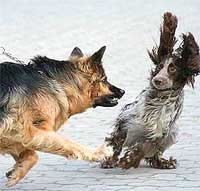
We usually think of peace as events unfolding according to our script. Everything is running smoothly, so we have nothing to worry about. We do what suits us. To create and maintain this kind of state, the environment around us must also behave in accordance with our wishes – thinking and acting in a way that suits us.
We may have even tried to create this kind of environment, but we probably soon realised that it was impossible. Mainly because the people we are interacting with have exactly the same desires: to act in a way that suits them… and they expect us to act in their script.
Even with two people, the situation is complicated, as it is almost impossible to synchronise all activities to satisfy both people at the same time.
When we realise that we cannot change or manage people to behave in line with our expectations all the time, we try something else: we choose only those things we like and push the others aside.In practice, this looks like supporting and encouraging the things we like in others.
This is also not an ideal solution. We soon find that people don’t like it when we behave in a certain way towards them when they meet our expectations, and in a completely different way in another situation that we don’t like (although in the latter case, people are usually more genuine than when they want to please us).
Finally, let’s settle for a different definition of peace: the absence of distractions. “If I can’t change the situation, I can always get out of the story,” we say to ourselves. And we distance ourselves from everything we don’t like.
Tension release as an intermediate step towards the final goal
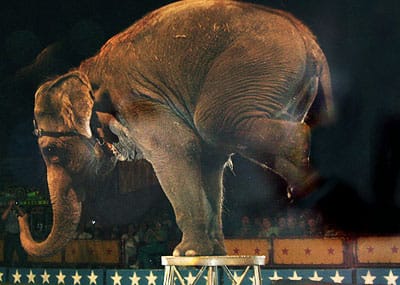
Escaping from the everyday – which we usually describe as a state of calm – is therefore an attempt to “reset the system”, where we disconnect from pressures and expectations and temporarily shed burdens. We find our true nature and connect with our inner essence.
We want to anchor these pleasant feelings in ourselves as much as possible, or to keep them as a counterbalance to the daily commitments that lie ahead.
The cycle just described – a combination of pressure, relaxation after exertion and creative action through realising one’s own potential – is probably as old as humanity. The ancient Mystery School identified it as the fundamental process by which most people’s lives unfold.
Life cycles have been divided into five stages. Most people move through only the first three in their entire lives:
- First stage: feeling victimised (trapped in a “system” or acting according to instructions and guidelines that we have not chosen for ourselves),
- Second stage: taking responsibility (standing up for yourself, taking responsibility and expressing yourself according to your own wishes),
- Stage 3: releasing tension.
Most people spend a good part of their time in the first level, where they feel trapped in an environment in which they cannot express themselves or their potential authentically. Because they feel suffocated by this feeling, they seek relief through the release of tension. So they live in a combination of the first and the third stage.
The few people who are not afraid to make their views known spend a good part of their time in the second tier. Because they feel that they are constantly fighting the system or putting a lot of energy into moving things along, they too yearn for a release of tension (level 3).
Often there is a combination of the two: in a certain area – for example, at work – we may feel like a victim, but in society we are more genuine and not afraid to express our opinion, even if it is unpleasant for those around us. Then we look for ways to release the tension.
What is common to all forms of action is the third stage, colloquially known as the search for peace, or the absence of distractions.
Why seeking peace is not the final solution

As we can see, this kind of peace-seeking is more about coping with or withdrawing from circumstances than about maintaining an inner balance: if we manage to “unplug” the distractions, we can relax and enjoy the peace.
The second problem is that the notion of peace is probably misconceived. Peace is not a state of vacuum, where we find happiness in the emptiness and absence of action. We only want this state as long as we feel that the reins are slipping out of our hands.
The credit for equating peace with empty, inert space goes mainly to the various “masters” who taught meditation as a tool to find peace by “becoming nothing” or going into a state of no-thought.
As a result, we approached the process by – as before in releasing tension – pushing awayanything that wanted to fill our minds.
We have found ourselves in an interesting paradox: we have sought peace by pushing our thoughts and emotions away and watching what comes to us. So we had to be alert all the time, lest something unexpected “come flying in from the side”.
This effort requires a lot of attention and energy – the opposite of a state of relaxation and calm.
The true definition of peace
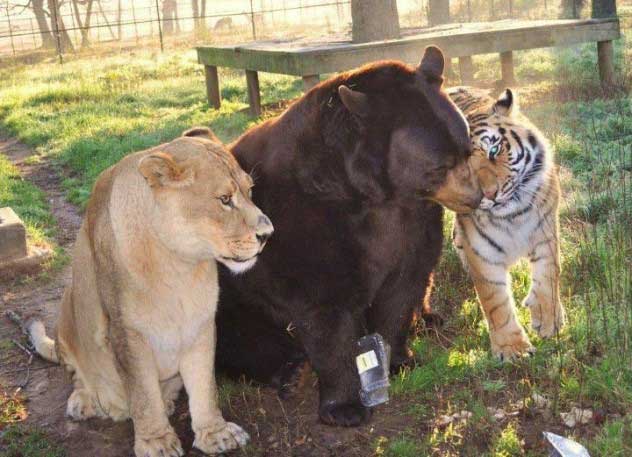
The ancient spiritual masters perceived the state of peace in a completely different way: peace is not an activity, but a consequence, a result. It does not denote emptiness, but the opposite – a state of complete fulfilment.
This means that on the path to finding real, lasting peace, we do not try to erase from our lives everything we do not like, but the key is to accept life as it is.
The result is the ability to experience the essence of life through a stream of change that is constantly happening, sometimes in one direction, sometimes in another.
The secret is in the way we look at change: we don’t try to tame it or adapt to it, we experience it as a dance. Sometimes they go one way, sometimes the other… but they are never final. Sooner or later, the situation will change.
If we can truly become aware of this game of life and accept the process unconditionally, we will stop struggling to keep the pendulum stuck in one of the extreme legs. Since we actually expect the game to change – and the pendulum to swing back towards the equilibrium position and in the opposite direction – we cannot be disappointed by this movement.
And when we replace the desire for a certain resolution of a situation with admiration for the beauty and perfection of the infinite dance of life, we are liberated.
We have found true peace.
In theory, we can describe the path in a very plastic way: when we let go of all beliefs, limitations, “rules” and other inhibitions, and focus only on those potentials of ours that we perceive through joyful feelings, we will automatically slip into this state. We will allow life to unfold. But we will not merely watch it, we will join in the play by dancing our dance to the divine music that is playing.
This has achieved two things. We have allowed circumstances to unfold in the desired direction, but at the same time we have used them as a blank slate, or as a potential for ourselves: through the genuine expression of our own creativity, we have joined the game. This means that all we need to do is to find out what brings us joy… and then decide and allow ourselves to be what we feel deep down.
There will be an indescribable peace that will not be a “void” but a state of great joy experienced through the perception of unexpressed potential. Knowing that this dance will never stop and that we need no one and nothing for it, we are not afraid of what tomorrow will bring. That is why we can enjoy the dance without limits.
And to take it one step further – we don’t actually have to dance to enjoy the game. Just being aware of this potential is enough.
The situation could be compared to sitting at a large, well-stocked table. It is full of the most delicious delicacies. But because we are not hungry, we do not force ourselves to eat. And because we know that the table will be full of goodies tomorrow, we don’t feel the need to stock up. So we can enjoy the situation or the sight of food, but at the same time we are not exploiting the potential that is available to us.
The result is a state of inner fulfilment, manifested through a sense of security, fulfilment and the knowledge that we are cared for.
Without these feelings, there is no true peace.
Sometimes it takes a long time to get there, and sometimes it just takes the right circumstances.
The Path to Love
Many spiritual masters say that there are only two forces (or feelings) and their myriad variations, in more or less expressive form or disguise. (Note: Love is capitalized to distinguish it from romantic emotion.)
Almost all spiritual techniques – and some say even all daily activities – have within them the desire to achieve this state.
Sometimes we can reach our destination very quickly; in specific situations, almost instantly.
Mrs Anita Moorjani was diagnosed with cancer in 2002. She battled it unsuccessfully until 2006, when her organs began to fail. She fell into a coma and was rushed to hospital, where doctors fought to prolong her life by a day.
In a coma, she had a near-death experience that was overwhelming. She went out of her body and watched her body “from the air”. She could hear what the doctors were saying; not only in the room where she was lying, but also across the corridor.
What’s more, she could “see” absolutely everything she set her eyes on, regardless of the distance. She saw her brother on the plane, anxiously coming to visit her in Hong Kong from India.
What does full liberation look like?
She felt no body, no pain and no distress. Although she had no human sight, hearing or other senses, she had a special, new sense that could perceive what was happening 360 degrees around her.
It was able to connect with everything from the past, from the present and also with what will happen in the future. Time did not pass in a linear way, but events unfolded in parallel.
She felt fantastic; like waking up from a nightmare and free from all the shackles. She was everywhere, she was everything. She felt only unconditional Love.
Everything was at her disposal and everything was – perfect. She felt like she was part of the whole web of the universe. She could sense how one move affected another, but in the end everything always ended up in perfect harmony.
In this state, she did not feel that Jesus, Allah, Mohammed, God or anyone else was giving her this insight – she became all of it. She did not live in heaven, she became heaven. “Heaven is not a place we go to, but a state,” she says, “and God is not a person either, but a state of being.” (Not being, but state of being.)
She felt the essence of her father, who died ten years ago. Although they had a stormy relationship and many unresolved conflicts, in that state she felt only unconditional Love and compassion for him. Suddenly she understood his point of view and felt how everything he did – including choosing a groom for her, as was customary in her culture – was done because he wanted her well.
She also felt the same from his side, only Love.
What is our real task

She saw her life as a large tapestry with many threads woven into it. Every person with whom she shared a life experience, or even thought about, was woven into the tapestry of her life like a tiny thread. Even if she was just a single thread, she was the key to the whole picture.
She realised the important role she had played in all these lives. She realised her true mission: be who you are deep down, because that makes not only yourself happy, but also all the other “threads in the tapestry”.
If we do not express this, we have fallen down the test. The goal is not to be good to others or to fit in. When we express our true nature, we give ourselves and our surroundings the most we can give – Love.
The cause of her illness was revealed: deep-seated fear. Almost everything she did was motivated by fear. She was deferring to people and she didn’t know how to stand up for herself. She said ‘yes’ when she wanted to say ‘no’, she wanted to please and be loved. She believed that by doing these things, when she was good and developing spiritually, she was building “positive karma”.
One of its key insights was. She had always thought she was not loved. Now she realised that she had been loved all along – she had just not allowed herself to feel that Love or let it in.
Key message: live your life fearlessly
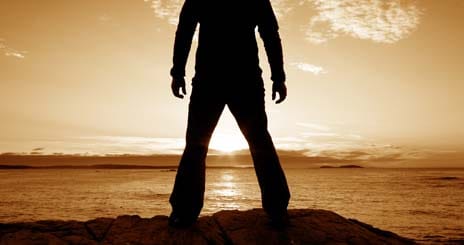
Although she wanted to stay in that beautiful place of bliss, her father said to her, “Go back and live your life fearlessly.”
This was a key point. She was back in her body and it was very clear to her that she was going to be cured. Many dogmas, misconceptions and inappropriate attitudes have fallen away because she was no longer afraid.
Within four days, her tumours had shrunk by 70% and she was completely cured. The doctors were so confused that they did not know what to write in the file. Over the next five weeks, they carried out a number of investigations to find out “where the cancer had gone”. “It couldn’t have just disappeared, all by itself,” they said.
She was discharged from hospital and two weeks later she was dancing and drinking champagne at a friend’s wedding.
Her life has changed radically.
She received an email offer from a major book publisher who wanted to publish a book about her story. One of the world’s foremost authorities on spiritual growth, Wayne Dyer, offered to write the foreword himself. He invited her to tour the world, describing her experience first-hand to large crowds.
“The irony is that when one loses the fear of death, one also loses the fear of life,” Moorjani likes to say in appearances and interviews. (Beata Bishop makes a very similar point in her book “Time to Heal“Once you’re on the brink of death, you can smile at all the other things…)
Fortunately, her excellent book “From the brink of death to the true self“, in which she describes her experience and insights, has been translated into Slovenian. Anyone seeking happiness or “peace” should read it. And also everyone who is ill, because the book is about the essence of healing.
We don’t need anything to heal – no special foods, no complicated protocols, no nutritional supplements and so on. We just need to get rid of fear.
Of course, healing techniques, as well as food and other things, can make a big difference. Sometimes we just need some evidence or “something concrete” to fall back on and thus identify with the change or improvement.
But let us not forget the point that Moorjani so beautifully put in one sentence: live your life fearlessly.
If you pay close attention, you will discover that every word reveals a profound message.
Fearlessly … living… your … life.
The key is action
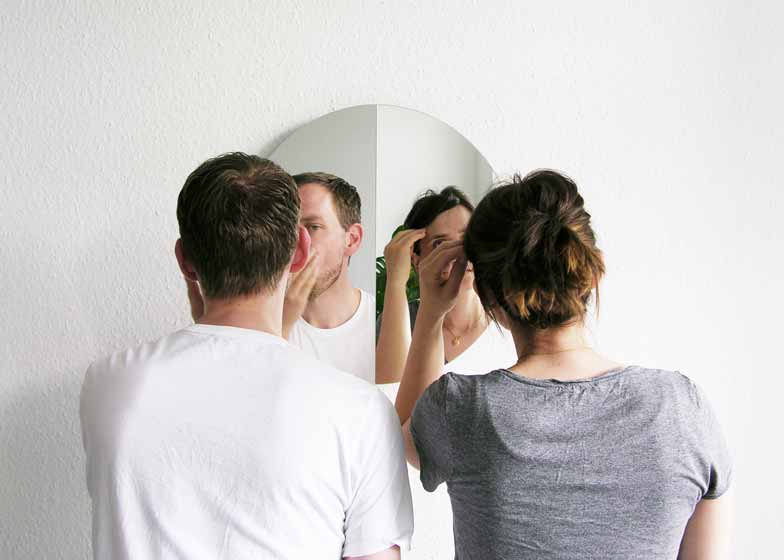
So let’s not wonder what can go wrong today … where we are not good enough … what we can “fix” about ourselves … how we can apologise for things we did not do well, and so on.
Let’s ask ourselves the same questions that Moorjani asked herself: in which areas do I not love myself enough? By what actions will I prove to myself today that I am worthy of Love … and that I am the most important person in my life? What will enrich my day today, bring joy to my heart and a smile to my face?
Write down your answers. Choose at least a few activities and do them (without thinking too much). Today …
… and then tomorrow.
The day after tomorrow.
After a few weeks, it will all seem so obvious that you’ll wonder why you haven’t been doing it all along. And when you want to share your new awakened happiness with someone, just let them in on the secret: I am expressing attention and Love to myself.
Seeing that you are really doing it will give them an example and permission to do it themselves. (By the way, there is no better advice for raising children…)
By not looking to people for attention and love, you will be able to accept them openly and unconditionally and help them sincerely to their own happiness.
You know, everyone can only find happiness in and through themselves.
This article is based on the book “The Big Ugly Crisis”, by Boris Vene and Nikola Grubiša and “From the brink of death to the true self“.
